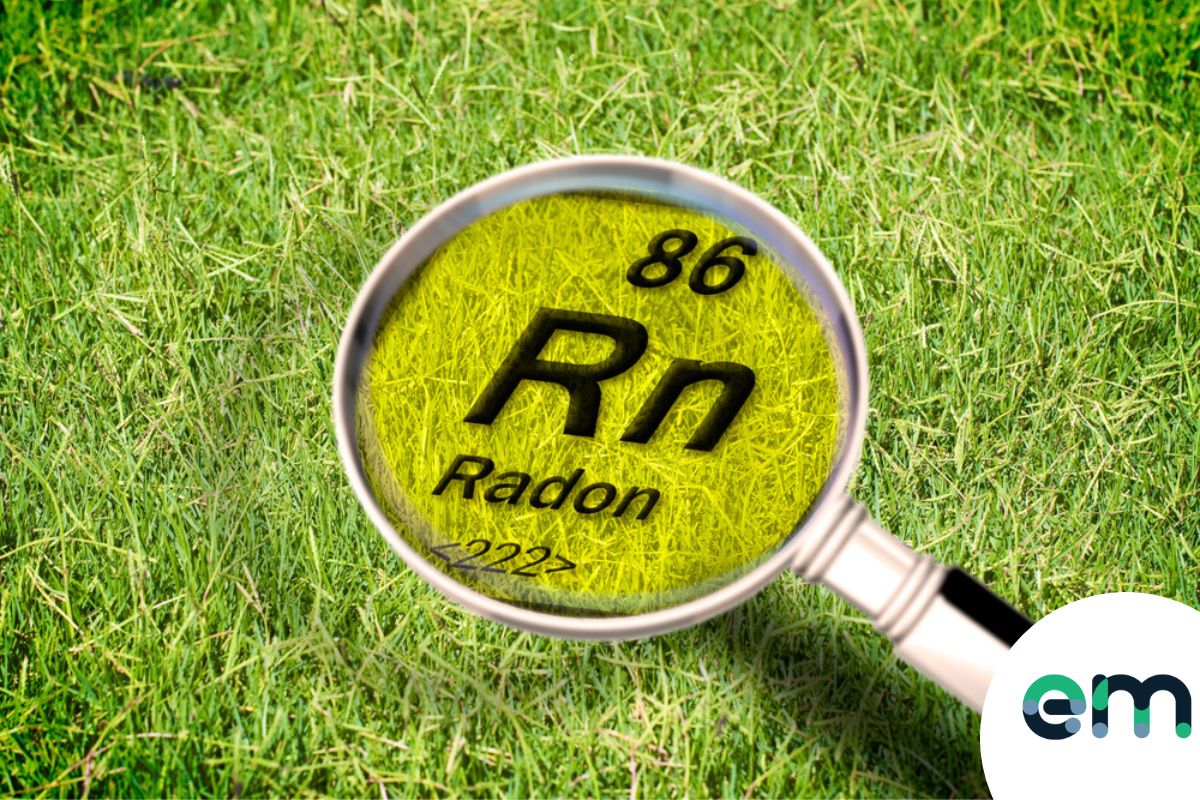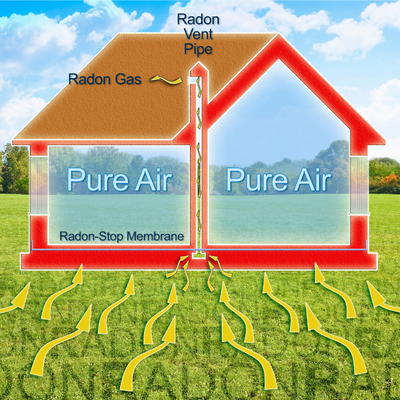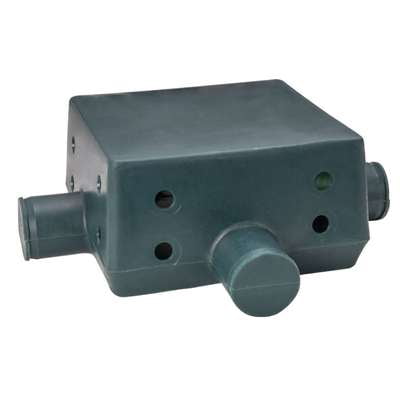No products in the basket.
Blog
Everything You Need To Know About Radon Sump
What actually is radon and why do I need a radon sump?
A key piece of information before we get started, is to understand what radon gas actually is. Radon gas itself is a colourless type of radioactive gas that occurs within the soil due to a breakdown in rocks and sediments, so it should ideally be prevented from entering the property. Now we understand what radon gas actually is, let’s look further into it.
A radon sump is a common technique that is used where a small area, known as a void, is created beneath a property. This is one of the most common methods used in the UK to reduce radon levels within the house. The primary reason that this void is put in place is to act as the lowest point of pressure for the nearby ground and is there to capture the radon gas from the soil below. This stops the gas from moving directly up in the direction of the property.
Further to this the installation of a pipework system along with a fan is usually fitted on the outside of the property/building. This is there in order to gather all of the radon gas and safely move it away from the house and get rid of it into the atmosphere. The key reason this is essential is because long-term inhalation of gas can cause dangers such as bad health problems like COPD or lung cancer.
You will never find a building completely free of radon. However, it does vary in levels and if you are in a building with very high radon levels, this is when it can become a problem and this is also when the need for a sump is essential. Different areas of the UK have different radon levels based on the rocks beneath the houses and if your property has a lower ground level such as a basement, the property itself will likely have high radon levels.
Now that the basics are out the way and we have got our heads around why radon sumps are in place, we can continue!
How to know your home’s radon levels?
To reiterate what we have already said, no matter what type of home you live in, it is guaranteed to contain certain levels of radon. This is because the gas escapes from the ground that your home is sitting on and therefore enters through the floor.
We would recommend that if you need to measure your home’s radon levels, the best way to go about this would be to either get a self-testing kit or reach out to a professional to come and inspect the property and perform this task for you. This decision is ultimately down to you.
How to go about reducing radon levels?
There is a common misconception that ventilating your house is enough to sort out radon levels, but this is only a short term benefit and is not a long term or sustainable solution. Ultimately, just ventilating a property is not enough to significantly decrease radon levels, to a point where it is safe.
If you are aiming to properly reduce radon levels, the first course of action is to sort out the difference in pressure in the ground and air in the property. The most common type of system to put in place to solve this is a radon sump.
If you are unsure whether this is right for you don’t hesitate to get in touch with us and we will soon let you know!
So what actually is the correct level of radon gas?
If your area has low levels of radon, then do not worry as they do not pose a threat. The common rate of radon gas is 20bq/m cubed.
If you have levels between 100 and 200 bq/m cubed, you should ideally focus on getting this sorted for the main reason that radon gas at these levels is likely to impinge on your health later down the line. This is especially the case if you are in the category of people with underlying health issues or are a heavy smoker/ex-smoker. This is not just a recommendation from the EasyMerchant team, but is in fact a recommendation by the UK government. Risks of radon exposure are not something that should be taken lightly and you should address this as soon as possible if needed.
How do you go about actually installing your radon sump?
In order to get your radon sump installed you will have to ensure that you get a qualified engineer to do this as it can be a technical procedure that you do not want to get wrong.
Most of the time, they are installed through drilling through an external wall into the fill beneath the foundations of the property. This entire process usually takes a maximum of two days to complete.
What if you are not using your radon sump for a home?
It doesn’t matter whether it’s a family home that you are trying to reduce radon levels for or if its an industrial warehouse, the process doesn’t differ too far. However, in really large projects, it is worth thinking about having pumps installed internally to mitigate the risk of too much exposure.
A round up
Overall, a radon sump is essential for any household and has clear benefits, such as the ones spoken about above. However, if you have any further questions about them, feel free to get in contact with us and a knowledgeable member of our team will be able to help you!
Phone: 01371850120
Email: Sales@easymerchant.co.uk



Great Blog! A radon sump is essential for reducing radon gas in homes, which can cause lung cancer. It works by creating a low-pressure zone under the building to vent radon outside before it enters living areas. This system effectively ensures a safer indoor environment.
Great blog! Understanding everything about radon sumps is crucial for homeowners concerned about radon gas. A radon sump, also known as a mitigation system, effectively reduces radon levels by venting the gas from beneath the foundation. Knowing how it works and its importance in maintaining indoor air quality can help ensure a safer and healthier living environment for your family.